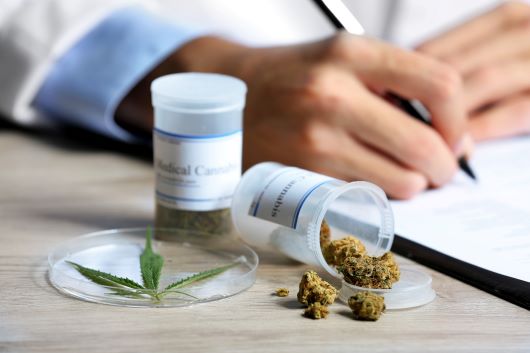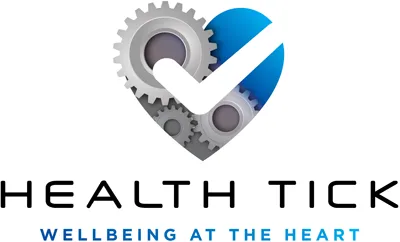
By Glenn Dobson, CEO of The Drug Detection Agency
The recent call by Legalise Cannabis Victoria to reform workplace drug testing laws (Cannabiz, July 2025) raises an important public discussion – but we must not lose sight of the core issue. Workplace drug testing isn’t about discrimination; it’s about safety. Every worker, whether on a building site, behind the wheel, in a warehouse, or operating heavy machinery – deserves to go home to their family at the end of the day. Employers have a duty to ensure that happens.
The question shouldn’t be whether someone has a prescription or not. The real issue is the risk of impairment. Can the substance, prescribed or otherwise, impact the worker’s ability to do their job safely? Medicinal cannabis, specifically THC-containing products, is in essence no different in that regard from other prescription drugs such as tramadol, oxycodone, fentanyl, or benzodiazepines. These substances are tightly controlled for a reason: they have a known impact on cognitive functioning, reaction time, and risk perception.
Take the recent tragedy in the Hunter Valley, where ten people lost their lives in a horrific bus crash. The driver had tramadol in his system – a prescribed medication. Prescription does not equal safety. Just as we wouldn’t accept an employee operating a crane after taking strong painkillers, we must approach medicinal cannabis with the same lens.
THC, the psychoactive component in cannabis, is well-documented to impair cognitive performance. It affects decision-making, memory, coordination, and reaction time – all vital factors in most safety sensitive workplaces. Research such as the Yesavage study (Yesavage et al., 1985) demonstrated that THC can impair complex cognitive and decision-making processes even after the user no longer feels subjectively impaired. Participants in the study exhibited significant deficits in flying performance during simulated aviation tasks, even 24 hours after ingestion. This highlights a critical point: a person may feel fine, yet still be cognitively compromised. Unlike alcohol, where impairment typically follows a predictable window, THC can stay in the system and subtly affect functioning, especially with chronic or high-dose medicinal use.
This point was relevant in the FairWork Commission’s CFMEU vs Port Kembla Coal Termination Ltd finding where it stated “the detection of a drug … at or above the levels set by the relevant Australian Standard … must represent a measure that can be logically inferred to have some impact on capacity to perform work related functions, irrespective of the time period that may have elapsed since the drug was taken.”
There’s also a broader societal concern. We must be cautious that reforming workplace policies under the banner of ‘medicinal cannabis rights’ doesn’t become a backdoor to pseudo-legalisation. We’ve seen this occur in other jurisdictions, where relaxed rules have created confusion and blurred the line between medicinal use and recreational consumption. This ambiguity puts employers in an impossible position – legally accountable for safety, but stripped of the tools to manage risk.
The reality is that we can support compassionate access to legitimate medicines and uphold workplace safety standards. These aims are not mutually exclusive. What we can’t afford to do is compromise safety by pretending that a prescription automatically makes a drug safe in all circumstances.
Employers, safety regulators, and policymakers must stay focused on the facts. Safety-sensitive workplaces require clarity, consistency, and evidence-based approaches. That’s how we protect workers, the public, and ensure that tragic incidents like Hunter Valley are never repeated.
Reference:
Yesavage, J. A., Leirer, V. O., Denari, M., & Hollister, L. E. (1985). Carry-over effects of marijuana intoxication on aircraft pilot performance: A preliminary report. American Journal of Psychiatry, 142(11), 1325–1329. https://doi.org/10.1176/ajp.142.11.1325

